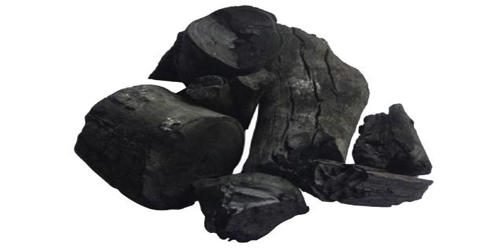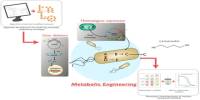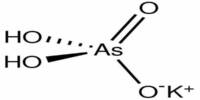Activated Charcoal is a fine, odorless, black powder often used in emergency rooms to treat overdoses. Charcoal is made from coal, wood, or other substances. It becomes “activated charcoal” when high temperatures combine with a gas or activating agent to expand its surface area. It is also called activated carbon, which is a form of carbon processed to have small, low-volume pores that increase the surface area available for adsorption or chemical reactions. Its toxin-absorbing properties have a wide range of medicinal and cosmetic uses, though none are scientifically proven.
Making activated charcoal involves heating carbon-rich materials, such as wood, peat, coconut shells, or sawdust, to very high temperatures. Due to its high degree of microporosity, one gram of activated carbon has a surface area in excess of 3,000 m2 (32,000 sq ft) as determined by gas adsorption. An activation level sufficient for useful applications may be obtained solely from the high surface area. Further chemical treatment often enhances adsorption properties. This process also reduces the size of the pores in the charcoal and makes more holes in each molecule, therefore, increasing its overall surface area.
Uses
Activated carbon is used in methane and hydrogen storage, air purification, solvent recovery, decaffeination, gold purification, metal extraction, water purification, medicine, sewage treatment, air filters in gas masks and respirators, filters in compressed air, teeth whitening, production of hydrogen chloride and many other applications. It is used in the emergency treatment of certain kinds of poisoning. It helps prevent the poison from being absorbed from the stomach into the body.
- Industrial application
One major industrial application involves the use of activated carbon in metal finishing for purification of electroplating solutions. For example, it is the main purification technique for removing organic impurities from bright nickel plating solutions.
- Water filtration
People have long used activated charcoal as a natural water filter. Just as it does in the intestines and stomach, activated charcoal can interact with and absorb a range of toxins, drugs, viruses, bacteria, fungus, and chemicals found in water.
- Medical uses
Activated carbon be able to assist kidney function by filtering out undigested toxins and drugs. Tablets or capsules of activated carbon are used in many countries as an over-the-counter drug to treat diarrhea, indigestion, and flatulence. Incorrect application (e.g. into the lungs) results in pulmonary aspiration, which can sometimes be fatal if immediate medical treatment is not initiated.
- Skin infection
Around the world, many different traditional medicine practitioners use activated charcoal powder made from coconut shells to treat soft tissue conditions, such as skin infections.
















